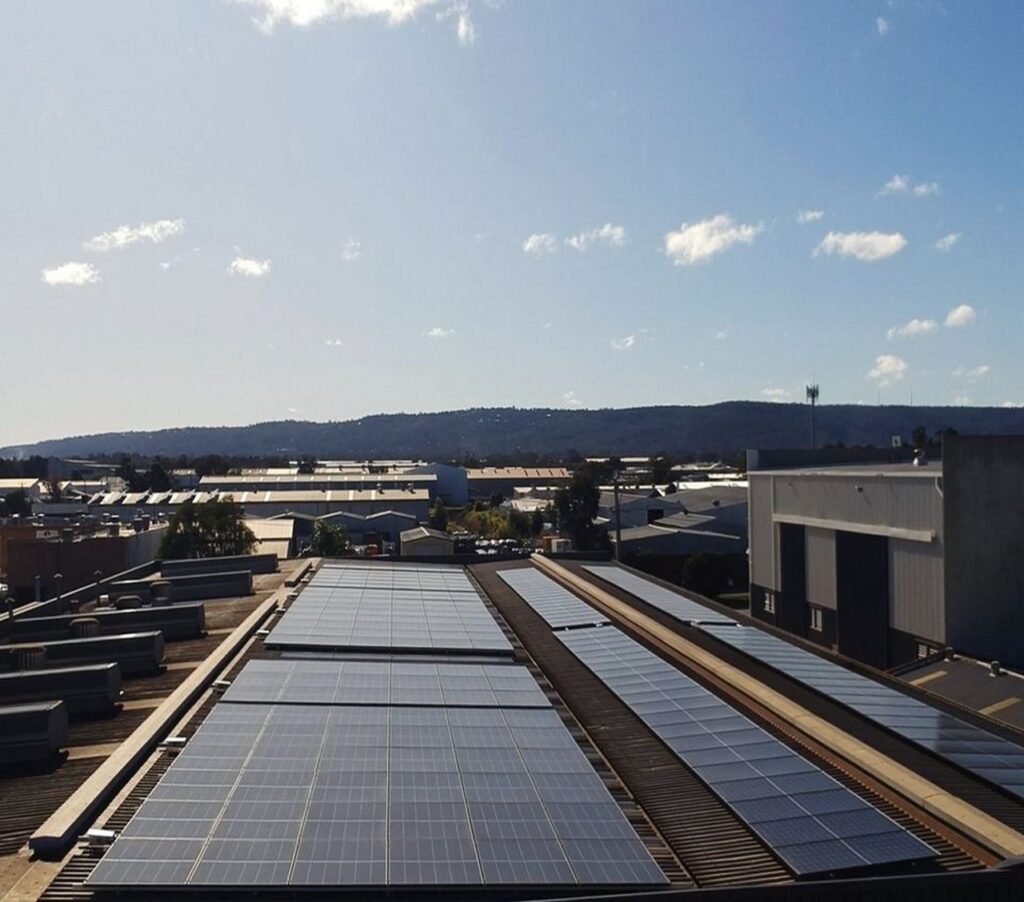Microinverters: The Future of Solar Power
As the world continues to shift towards renewable energy sources, solar power has emerged as a popular choice for homeowners and businesses alike. However, traditional solar systems rely on a single inverter to convert the DC power generated by solar panels into AC power for use in homes and businesses. This has led to a number of issues, including reduced efficiency, increased maintenance costs, and limited design flexibility. Fortunately, a new technology has emerged that promises to revolutionize the way we think about solar power: microinverters.
What are Microinverters?
Microinverters are small, independent devices that are installed on each solar panel in a system. Unlike traditional inverters, which are installed at a central location and connected to multiple panels, microinverters convert the DC power generated by each panel into AC power right at the source. This means that each panel operates independently, optimizing its output and improving overall system efficiency.
Benefits of Microinverters
There are a number of benefits to using microinverters in a solar power system. One of the biggest advantages is increased efficiency. Because each panel operates independently, the system can continue to generate power even if one or more panels are shaded or not functioning properly. This means that microinverters can improve overall system output by up to 20%, compared to traditional inverters.
Another advantage of microinverters is increased design flexibility. With traditional solar systems, panels must be installed in a specific configuration to ensure that they are all connected to the same inverter. This can limit the number of panels that can be installed and make it difficult to optimize the system for maximum efficiency. With microinverters, panels can be installed in any configuration, allowing for greater design flexibility and improved overall performance.
Finally, microinverters can help to reduce maintenance costs. Because each panel operates independently, it is easier to identify and address any issues that may arise. This can help to minimize downtime and reduce the need for costly repairs.
Challenges and Future of Microinverters
While microinverters offer a number of benefits, there are also some challenges to their widespread adoption. One of the biggest challenges is cost. Because microinverters are installed on each panel, they can be more expensive than traditional inverters, particularly for larger systems.
Another challenge is the need for specialized installation and maintenance. Because each panel has its own microinverter, installation and maintenance can be more complex and time-consuming than with traditional systems. This can make it difficult for some homeowners and businesses to justify the cost of switching to microinverters.
Despite these challenges, the future of microinverters looks bright. As technology continues to improve and costs come down, more and more homeowners and businesses are likely to adopt this innovative technology. With its ability to improve efficiency, increase design flexibility, and reduce maintenance costs, microinverters are poised to become the future of solar power.

